Copyright © 2025 Motivate Media Group. All rights reserved.
Riyad Joucka’s 3D printed chair is inspired by undulating waves
The MEAN-founders chair is manufactured by Spanish design brand Nagami
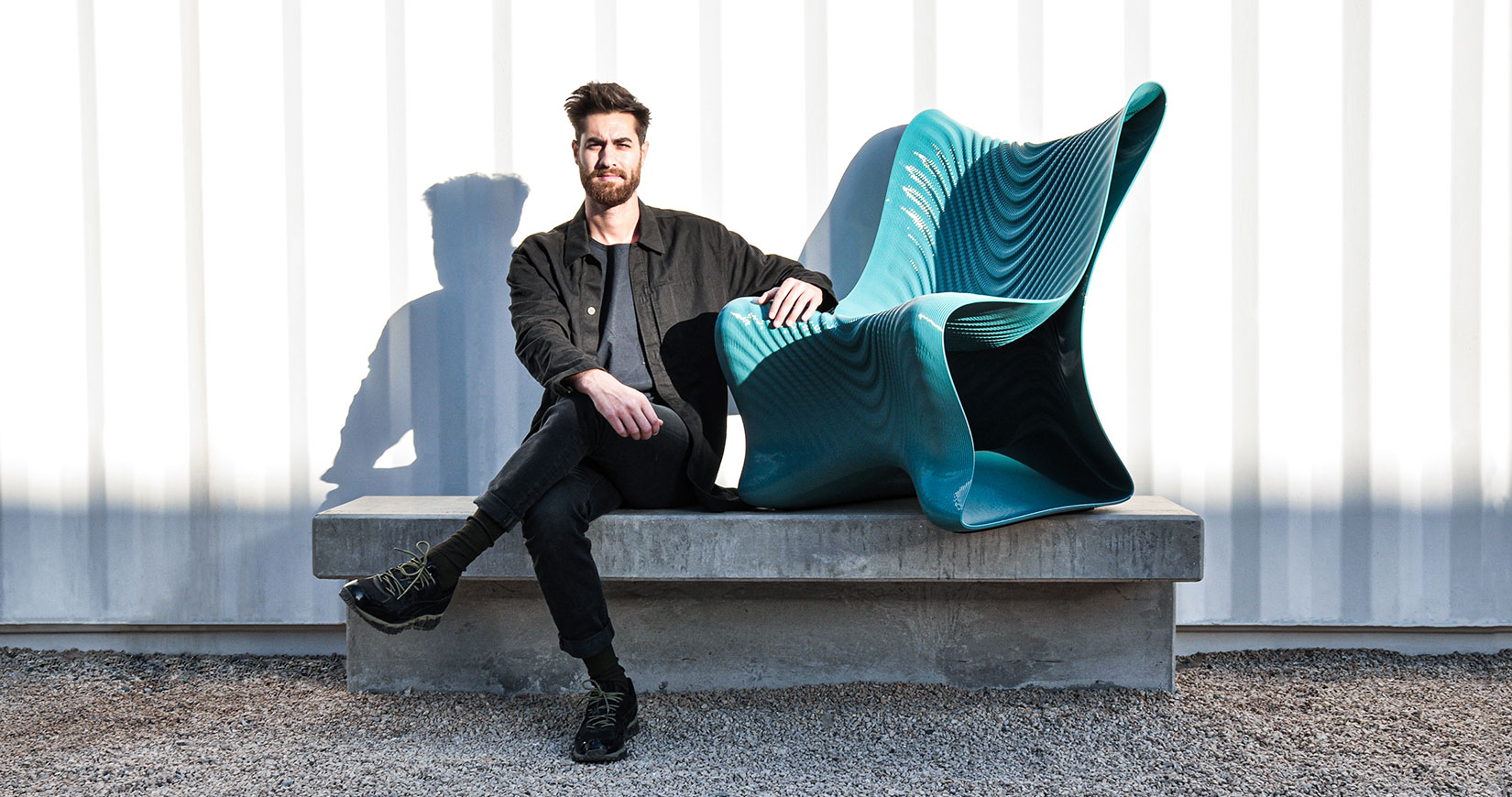
Dubai-based architect, designer and entrepreneur Riyad Joucka has created a 3D printed chair that is manufactured by Spanish design brand Nagami, who specialises in 3D printing and robotic manufacturing, having worked with the likes of Zaha Hadid Architects and Ross Lovegrove.
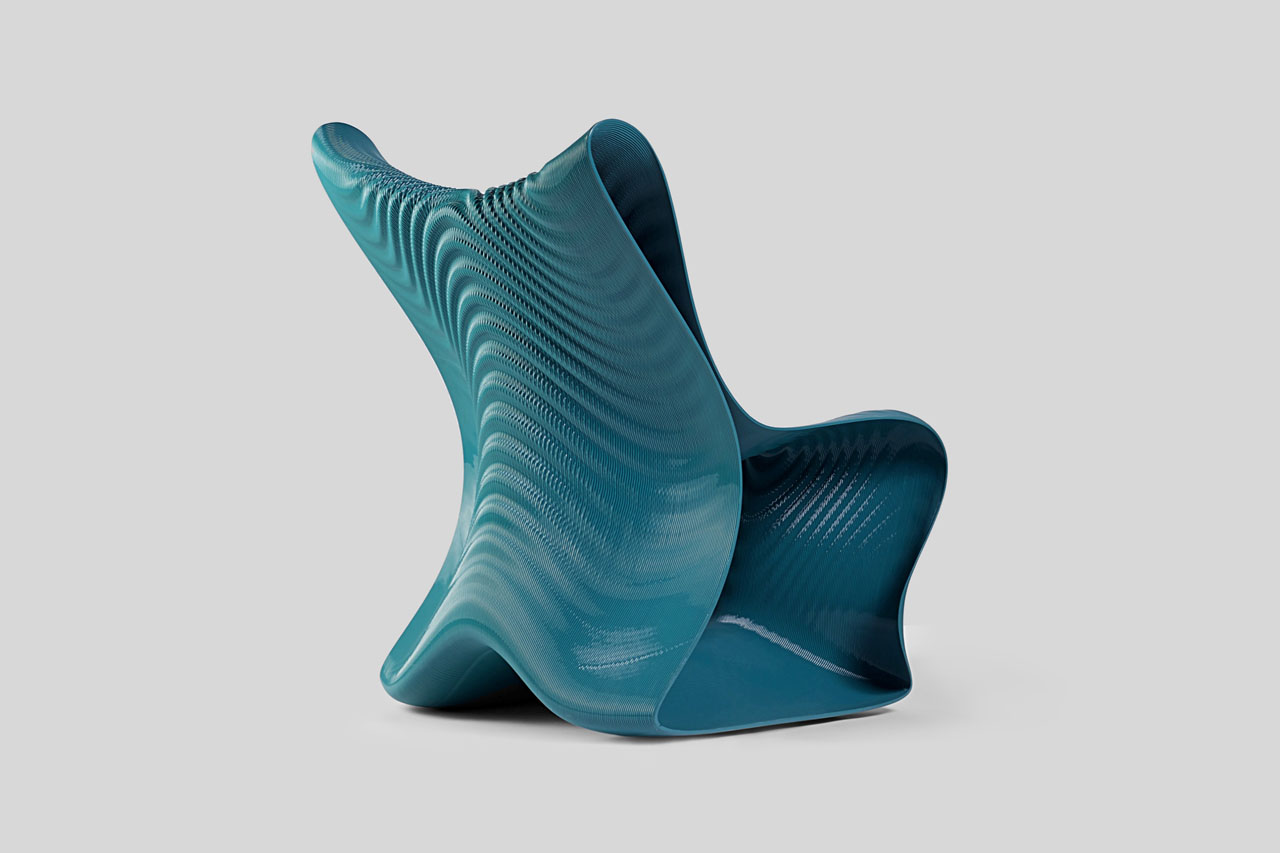
The founder of MEAN (Middle East Architecture Network), Joucka created ‘موج — Mawj – 3D Printed Chair’ for a private client, translating to ‘wave’ or ‘ripple’ in Arabic. The chair’s undulating patterns, and aquamarine green surface is a direct reflection of this translation, reminiscent of the waters of the Arabian Sea on the shores of Dubai – the city in which the chair was conceived.
The chair investigates the possibilities of robotic 3D printing for designing and producing bespoke furniture. The design takes shape based on a continuous form, printed on its side with a thickness of just 6 mm, using advanced plastic polymers.

‘موج — Mawj’ borrows its dimensions from the modern iconic proportions of the Eames Lounge Armchair with a sequence of design iterations forming the shape of the chair through the use of algorithmic design processes. The chair is created as a standalone interior design object, proving to be a statement piece and a distinctive piece of furniture.
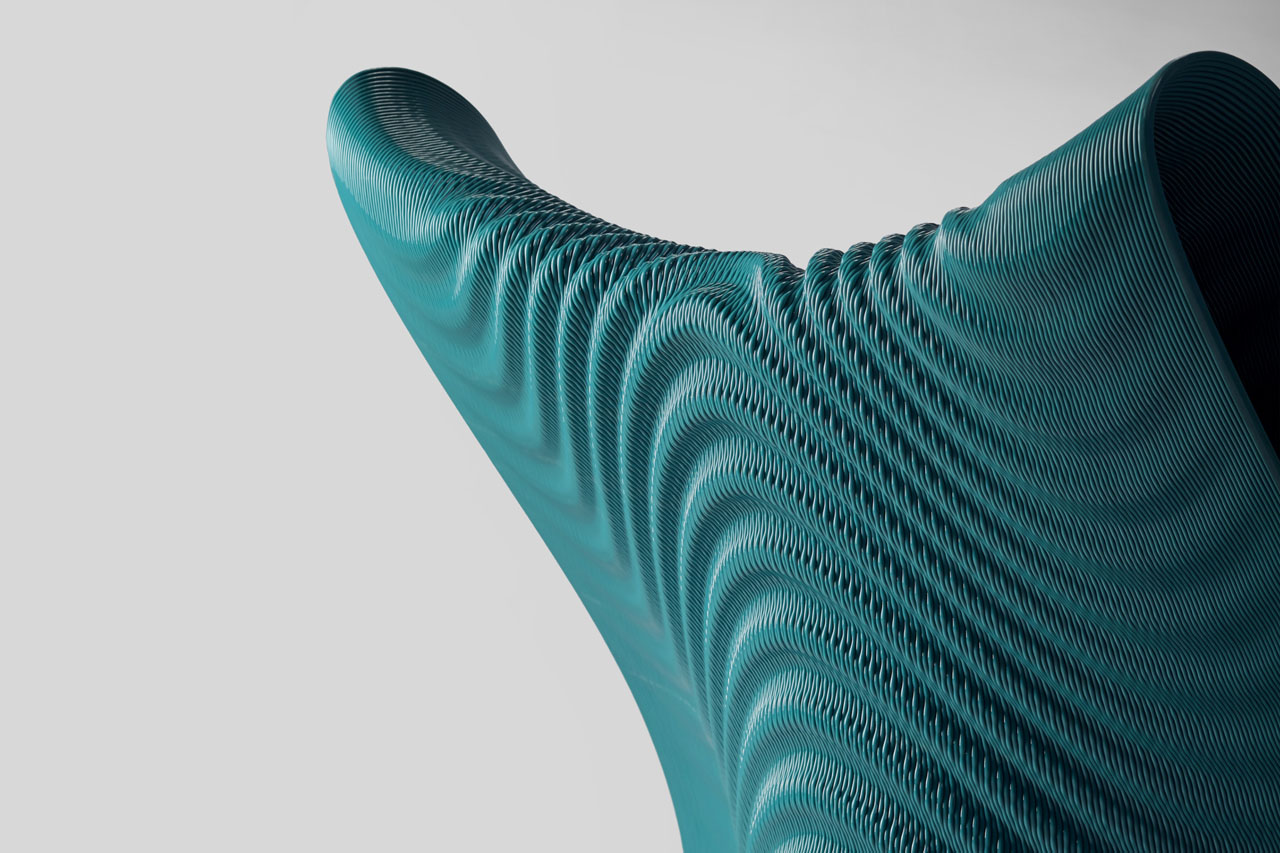
“A series of lines moving in space form the layers for 3D printing in one single layer, progressively forming Sine curves as they wrap around the form. On every other layer, the curve inverts to a negative value, generating a weaving pattern that makes larger rippling undulations on the surface,” Joucka says of the process.
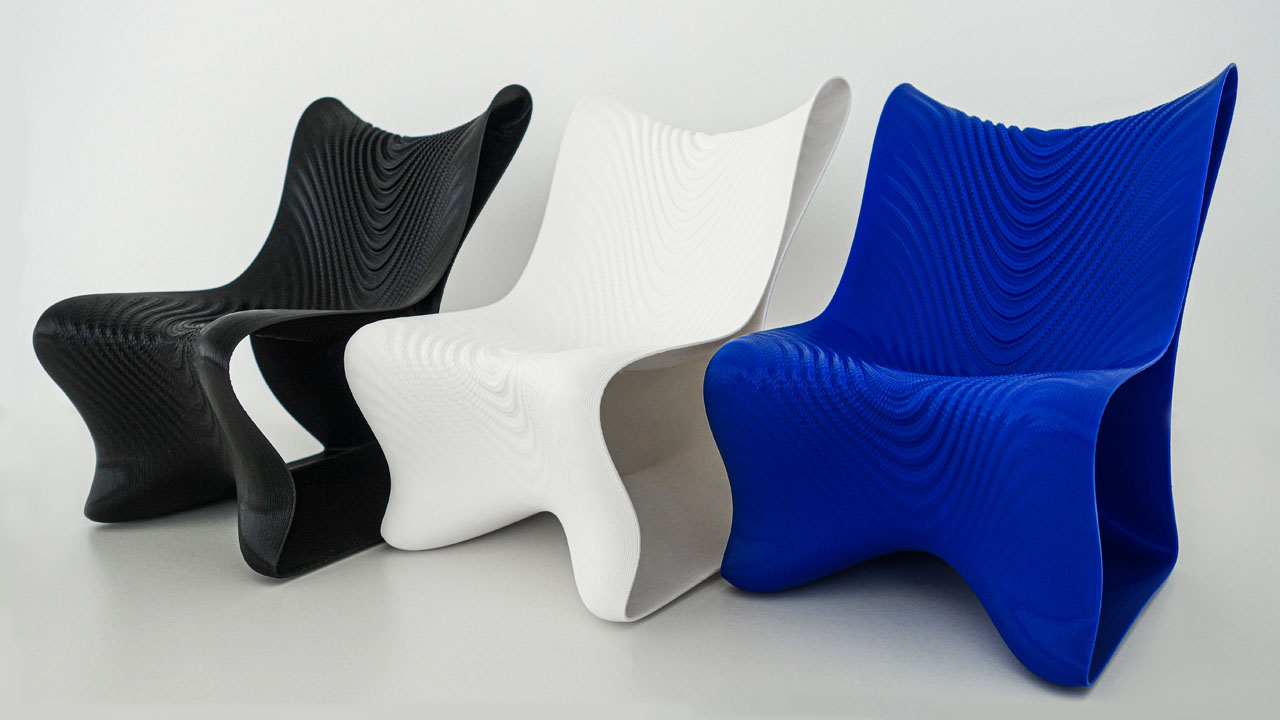
“The pattern aids in the structural stiffness, as well as creating a unique aesthetic feature, which naturally emerges as the result of the parametric modeling of the chair. Following a series of prototypes, careful attention to small details in the making of the chair develops the outcome. The pattern fades out towards the edges and intensifies at the top, avoiding areas where the back would rest. It also continuously wraps around the billowing surface, doubly curved for structural stability,” he adds.
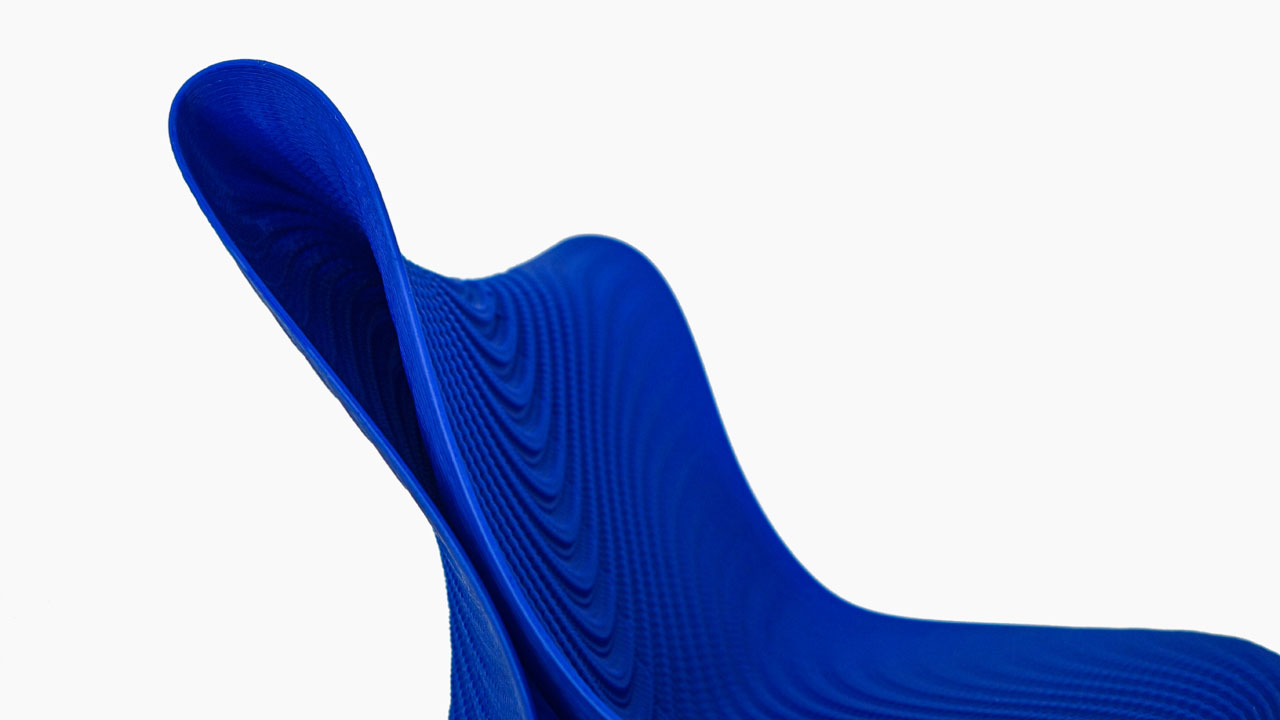
Designed for comfort, structural stability and ergonomics, ‘موج — Mawj’ ventures towards a future where minimal material is required to design and shape objects into practical, lightweight and comfortable pieces of furniture.
The Latest
Turkish furniture house BYKEPI opens its first flagship in Dubai
Located in the Art of Living, the new BYKEPI store adds to the brand's international expansion.
Yla launches Audace – where metal transforms into sculptural elegance
The UAE-based luxury furniture atelier reimagines the role of metal in interior design through its inaugural collection.
Step inside Al Huzaifa Design Studio’s latest project
The studio has announced the completion of a bespoke holiday villa project in Fujairah.
Soulful Sanctuary
We take you inside a British design duo’s Tulum vacation home
A Sculptural Ode to the Sea
Designed by Killa Design, this bold architectural statement captures the spirit of superyachts and sustainability, and the evolution of Dubai’s coastline
Elevate Your Reading Space
Assouline’s new objects and home fragrances collection are an ideal complement to your reading rituals
All Aboard
What it will be like aboard the world’s largest residential yacht, the ULYSSIA?
Inside The Charleston
A tribute to Galle Fort’s complex heritage, The Charleston blends Art Deco elegance with Sri Lankan artistry and Bawa-infused modernism
Design Take: Buddha Bar
We unveil the story behind the iconic design of the much-loved Buddha Bar in Grosvenor House.
A Layered Narrative
An Edwardian home in London becomes a serene gallery of culture, craft and contemporary design
A Brand Symphony
Kader Mithani, CEO of Casamia, and Gian Luca Gessi, CEO of Gessi, reflect on the partnership between the two brands
The Art of Wellness
Kintsugi in Abu Dhabi, situated in a seven-storey villa, offers the ultimate zen retreat
















